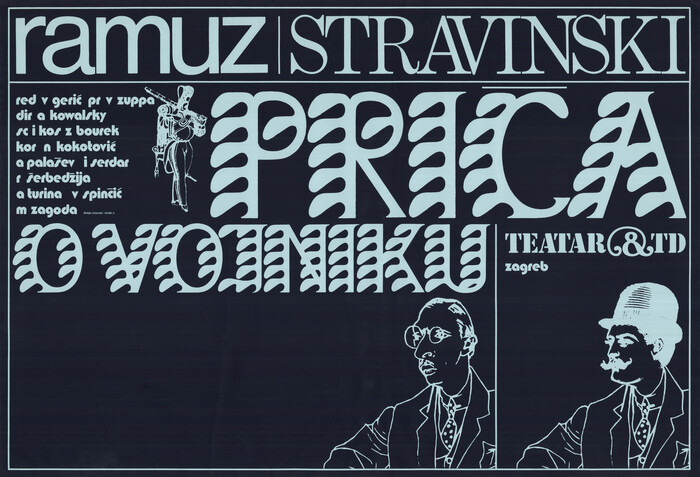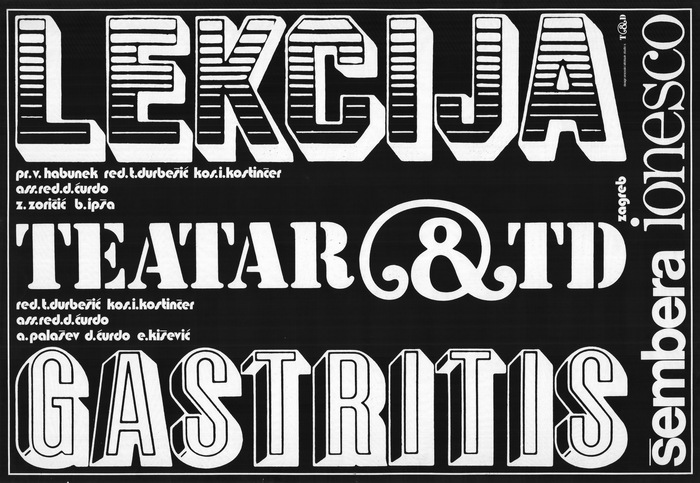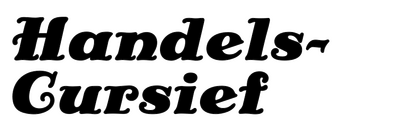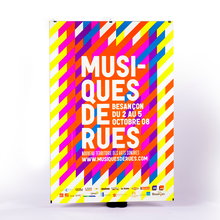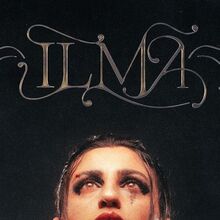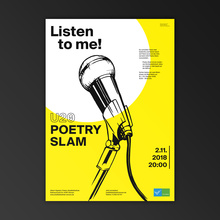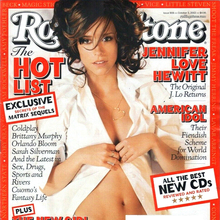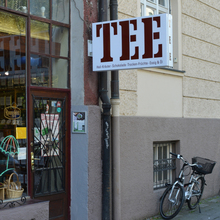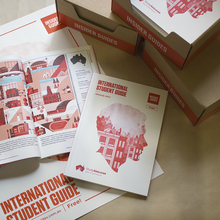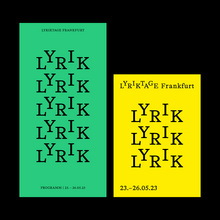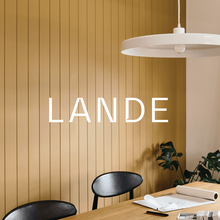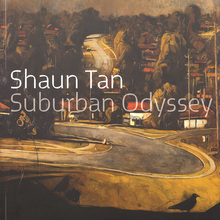Mihajlo Arsovski was a graphic designer working in Croatia. From Adrian Curry’s 2023 column for MUBI’s Notebook column:
Mihajlo Arsovski was born in Skopje, Macedonia, on July 9, 1937, to a family of pre-war leftist revolutionaries and photographers who moved to Zagreb after World War II. He studied architecture and art history before becoming one of the pioneers of modern Croatian graphic design. […] Over the course of his 60-year career, the famously publicity-shy Arsovski designed books, newspapers, album covers, signage, furniture, theater sets, and costumes, but it is as a poster designer that he is best known. He designed some 200 posters for the renowned experimental Zagreb theater company &TD Theatre, and his logo design for the company is still in use today.
Arsovski’s logo for Teatar &TD was introduced around 1970. It combines Stencil with a swashy ampersand probably taken from Letraset’s Bookman Bold, their version of Bookman Swash. (This glyph is not unique to the swash-laden sixties release, but was included already in ATF’s original Bookman.). Arsovski provided posters to the theater already before. In the late 1960s, he mostly used a version of Egyptienne Bold Condensed in big and partly overlapping letters, supported by Akzidenz-Grotesk, see examples from 1966, 1967, 1968, and 1969. He employed the same combination for a series of movie posters made in 1966 for Kinematografi Zagreb.
The first few theater posters to feature the new logo are printed in multiple colors. Starting with the poster for Priča o vojniku from 1971, Arsovski dropped the colors and went white-on-black. He still included illustration – portraits of Ramuz, Stravinski, and the titular soldier. For subsequent posters, though, the designer relied on the power of typography, and exclusively worked with type. The chosen typefaces are diverse in style and origin, and include three originals designed for the Lettera series of alphabet source books: Sea weed, Roaring Twenties, and Sezession. In addition to the landscape format and the logo, the text typeface is another constant: it’s Blippo Black.
Arsovski died in 2020 at the age of 83. The website of Zagreb’s Muzej za umjetnost i obrt (MUO, Museum of Arts and Crafts) has a profile from that year (in Croatian). You can see more of his work in the museum’s excellent online archive.



